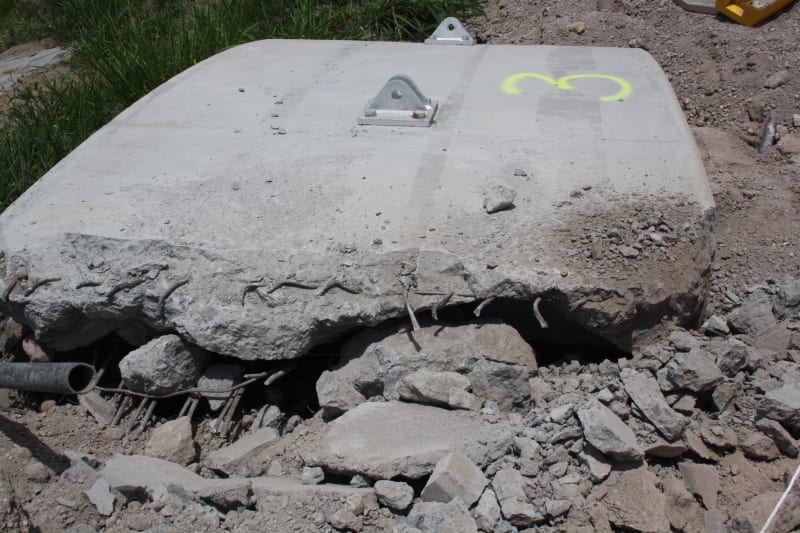Hello,
Is it possible for the cracking moment of a reinforced concrete beam to be larger than the ultimate moment of resistance? If I run the numbers with an 8” thick by 48” deep 30 MPa concrete beam with 2-15M bars top and bottom (very simple example) - I get a larger cracking moment than moment of resistance. This may be because the formula for the cracking moment has no resistance factors applied to it? Should I apply the 0.65 resistance factor to the cracking moment, since it is applied to the moment of resistance? I am trying to determine if the beam will crack under the factored ultimate loads.
This beam would be for a simple grade beam on piles supporting a new residential addition. The contractor wants to use a 48” deep beam as that is the only form he has available to him. The grade beam will be way stronger than what is required, but I want to know if the beam will even crack under the full design factored loads. Or in more general terms, can I compare the cracking moment (without a factor applied to it) to the factored loads?
Is it possible for the cracking moment of a reinforced concrete beam to be larger than the ultimate moment of resistance? If I run the numbers with an 8” thick by 48” deep 30 MPa concrete beam with 2-15M bars top and bottom (very simple example) - I get a larger cracking moment than moment of resistance. This may be because the formula for the cracking moment has no resistance factors applied to it? Should I apply the 0.65 resistance factor to the cracking moment, since it is applied to the moment of resistance? I am trying to determine if the beam will crack under the factored ultimate loads.
This beam would be for a simple grade beam on piles supporting a new residential addition. The contractor wants to use a 48” deep beam as that is the only form he has available to him. The grade beam will be way stronger than what is required, but I want to know if the beam will even crack under the full design factored loads. Or in more general terms, can I compare the cracking moment (without a factor applied to it) to the factored loads?

